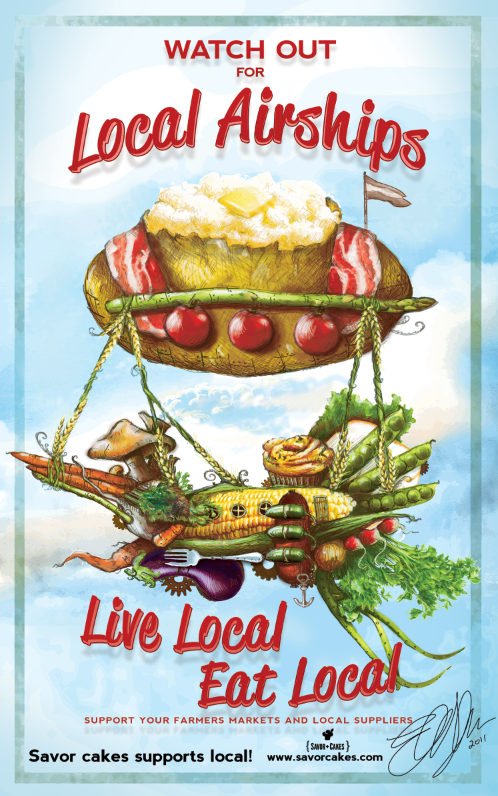Starting to feel better...thank you everyone who has sent well-wishes, thoughts, prayers, etc, my way!
Normally, I'd break this up into three or four posts, but this is all fall-pertinent stuff, and now we're heading into winter, so I'm going to do one big post today on what's been going on in my kitchen.
Wild Gathering
I've had some very interesting experiences this fall. Since I currently live in a more rural area, I noticed that there are a number of abandoned apple trees around my town. They generally look around ten years old or older, and haven't been pruned in a very long time, which means that I often was gathering apples from what appeared to be water shoots from the graft, not from the main tree. This led to an interesting discovery, which given the climate here makes sense: most of the apple trees in question seemed to be small, tart, starchy apples for cider.

I also had my very first rose-hip gathering experience. I had no idea they had such a great scent and flavor! Unfortunately, the hips I'd gathered and seeded went bad while I was ill, and so that is something I'll need to try again next year.
Another goal for next year would be to try making
crabapple jelly. I used to wonder why old towns in Utah and Idaho had big, old, crabapple trees..after all, all they seemed to do was drop fruit all over the yard and attract deer. It would seem, though, that they are an ancestor of
many modern apples, and, while sour, are very nutritious! Certainly something to try, although given their high vitamin C content, I want to do my homework and see if there's a tasty way to use them without cooking them.
Apples
So, what does one do with a plethora of small, starchy apples?
The blog
Bleeding Espresso caught my attention with a recipe for apple sauce, that can be cooked down longer into apple butter. I left mine on the stove top a bit long, and so never tried the applesauce stage, but the recipe worked great for me. Since I don't have a food mill, I used a blender, and there were no peel bits left...very thrifty! While she simple quarters the apples, though, I went ahead and cut the center core out, since apple seeds contain a
cyanide compound called amygdelin. Better safe then sorry!
This apple butter recipe also calls for some vinegar, which led to a very interesting flavor. I like it, as it seems to get away from the "overcooked" flavor of some apple butters, brightening it. My husband jokes that it reminds him of an apple catsup, and wants to serve it next time we have pork chops!
Pumpkin
I found a recipe that is one of the simplest things I have ever done for amazing results. We went to a local pumpkin patch with family right before Halloween, and my Father In Law bought us some little pumpkins called Sugar Babies.
Now, I've tried making my own pumpkin puree before, and it was a disaster. The big halloween pumpkins are bred for easy carving, which means thin walls and a rough, pulpy texture.
Not these! I can't tell you how excited I am to be able to make my own...no more expensive cans of pumpkin!
Using a recipe from Cooking Like a Goddess, by Cait Johnson, I cut the pumpkins in half, and roasted them for 45 minutes in the oven. The seeds were easy to scrape out, and then digging deeper scraped the flesh right out of the peel.
I pureed it in small batches. This took time and plenty of pauses for stirring, but left a very creamy texture.
Look at that!
Final product: I should have left more headspace, though, to freeze it(I didn't want to loose that beautiful fresh color). No broken jars, thankfully, but I had some popped lids. Those two pumpkins made three and a half jars of puree.
Now, I can use it to make pies, pumpkin butter, add it to cream sauces, soups, fillings for ravioli...you name it. One of the simplest recipes for the greatest reward I have EVER made.
Turkey Stock
We did Thanksgiving slightly early at my house this year. I have younger siblings who live nearby, and since we all go our separate ways for this holiday, I thought that it was a great excuse to do a turkey early, sort of a test run.
I do two stocks: giblet stock while the turkey is brining (if you don't know what that means,
go here, you will thank me!), and a stock with the bones and carcass after the meal for soup, etc, later in the week.
Giblet Stock
The organs that come inside the bird(gizzard, heart, liver, etc.) Gently salt, pepper, and drizzle with olive oil, then roast in the oven at around 350-375 until browned nicely.
Put in a crock pot with:
Carrots,
Celery,
Onions,
Apples,
Parsnip peels,
Bay Leaves,
Whatever seasonings you are using on the turkey.
It takes about 4-5 hours on low to make a rich brown stock. I just leave mine going overnight, then strain it.
This stock makes for great gravy. Just start with a roux (equal parts butter and flour) cooking in the pan. When it's golden and fragrant, slowly stir in stock, then let thicken. Season to taste, and add the turkey drippings when it's done. Other great additions are caramelized onions and mushrooms.
Turkey Stock
Bones, leftover giblet stock, any scrapings from the bottom of the pan, and whatever herbs and aromatics you put inside the bird,
Peelings and bits from your meal, I had:
Onions, garlic, celery and carrots,
Parsnip peels,
Apple peels
Mushroom stems,
Lemon halfs
Leftover roasted pumpkin, garlic, and onions that had been a side-dish
*Whew* And there you go! Thank you for patience, everyone. I hope that made up for it!






























